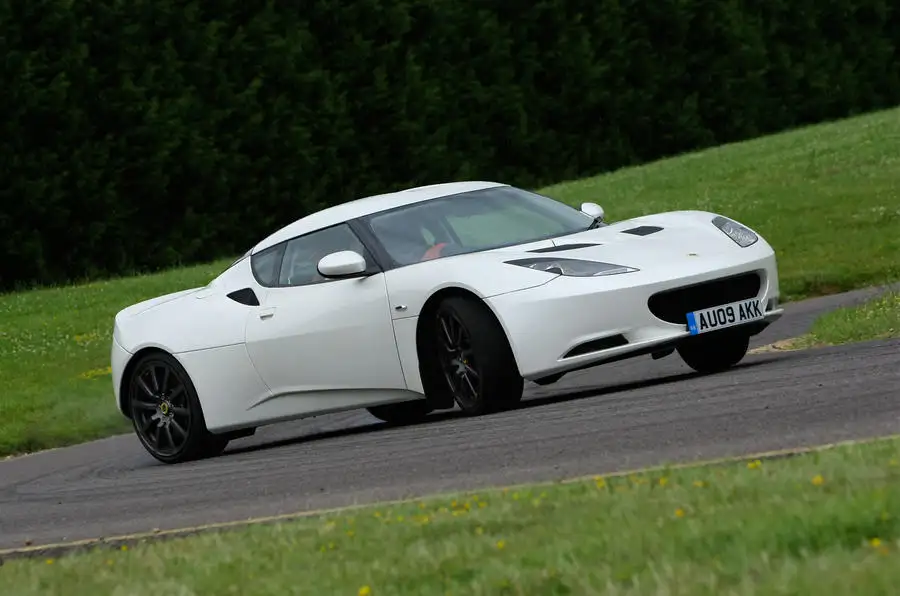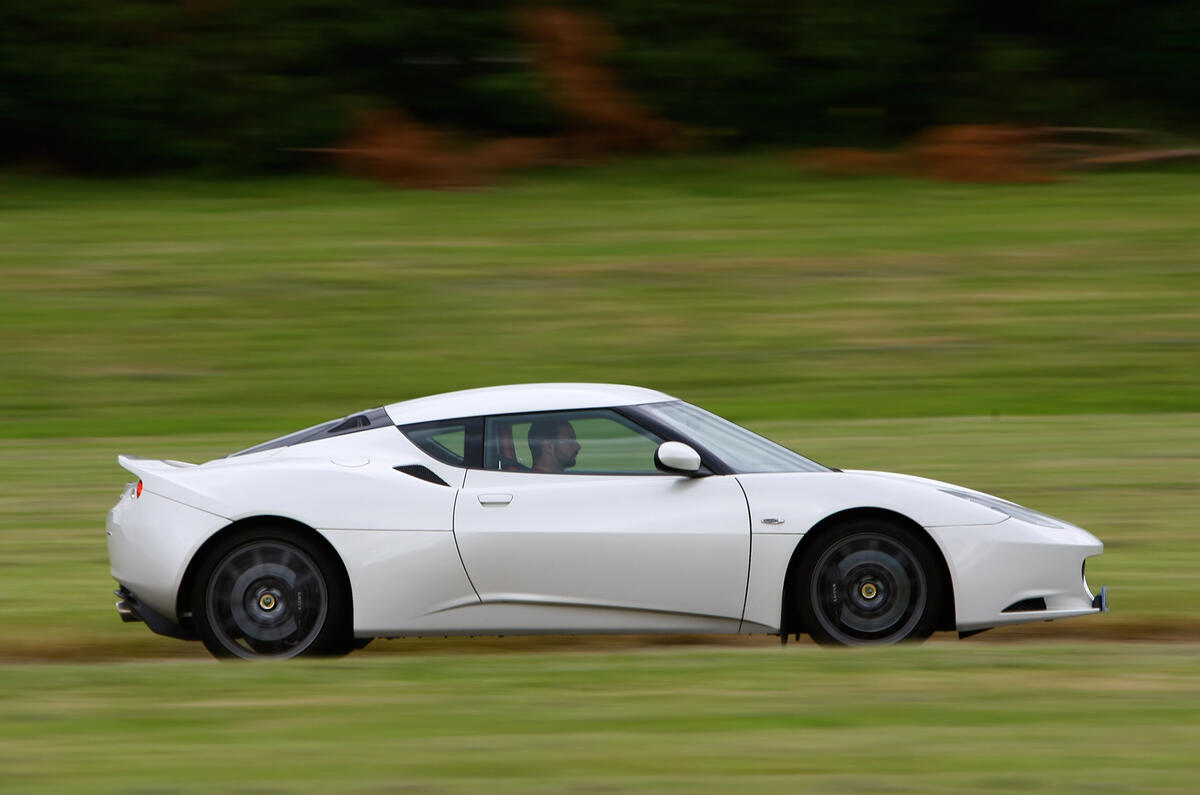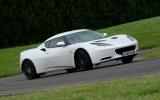If there is one key area of disappointment with the Evora, it is its cabin. Space is limited by the chunky sections of the aluminium tub, and it never quite shook off the feeling that it was a bigger, more comfortable Elise rather than a true Lotus GT car, despite the recent amendments made by Lotus.
It is true to say that the Evora has undergone a raft of improvements year-on-year in recent times, but there has been no root-and-branch restructure of the cabin; the materials used simply seem better constructed than before. You’re always aware that the cabin is more chassis lining, rather than anything more sumptuous. Still, that does lend it a purposeful air; you sit low, with well-spaced pedals and a nice-sized wheel.
The Evora’s cockpit seems to work better as a two-seater – with a decent, useful luggage shelf behind the occupants (in addition to the small rear boot) – rather than as a 2+2.
The dials are attractive enough, although the red LCD trip readout is of poor resolution by the best modern standards, the aluminium switches are often obscured and, in sunlight, it’s subject to all kinds of reflections.
There are a few other niggles, too. It’s damnably hard to adjust the seat backrest angle with the door closed. The only cupholder is, in effect, the door pocket. The driving position is offset, and although the steering wheel adjusts amply, there are harsh edges around the steering column’s release handle to scratch your fingers.








































